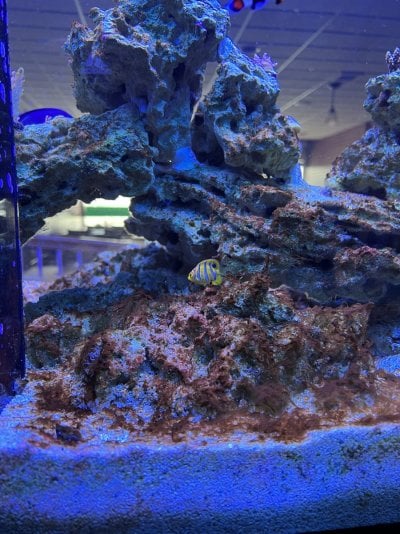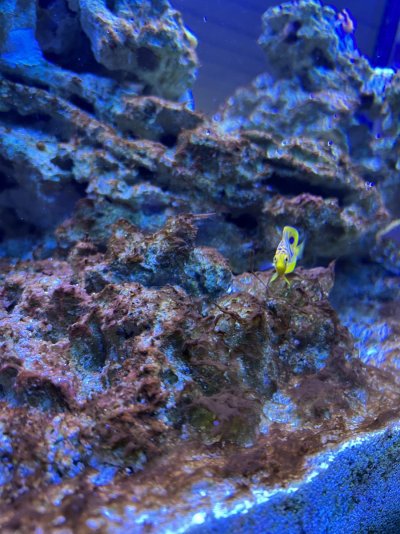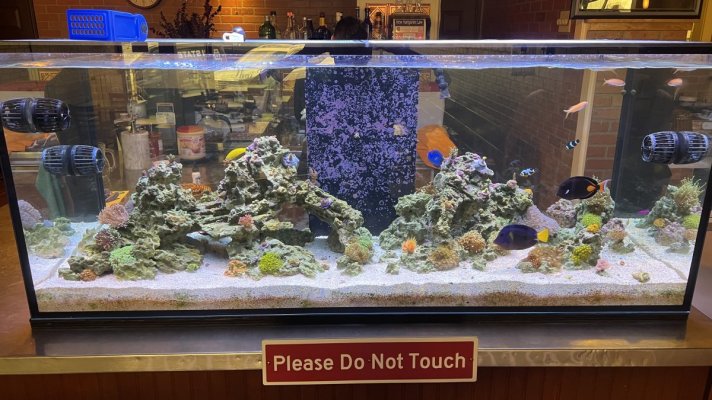This article misses some important information. It states that the treatment was assayed in 11 aquaria. However there was no identification of the species or genus of dinoflagellates present in each tank. Therefore it is imposible to conclude that the treatment is valid for any dinoflagellate infestation.
Personally, I'm very skeptical about carbon dosing as a cure for dinoflagellate infestation. I have been dealing with amphidinium mixed with red ciano in my sand bed for almost two years. The infestation began while carbon dosing (vodka-acetic acid mixture). I kept the carbon dosing schedule for this entire period (between 0,04 and 0,07 ml/L) with no visible recession.
Now, I'm trying a mixed carbon dosing treatment (Tropic Marin Elimi-NP and the vodka-acetic acid mixture). It has not been planned for dinos eradication, but for other purposes. It has been one month now and the infestation does not recede.
The only thing that looked like some success was the addition of silicate. It din't affect much ciano, but the brown slime on the sand was a mixture of amphidinium and diatoms (three different species).
Also, I do not buy the common ground idea that low nutrients become the trigger for dinos. At least not always and definitely not in my case. My tank has always been around 5-15 ppm nitrate and 0,1-0,15 ppm phosphate. However, dinos came to stay.
Personally, I'm very skeptical about carbon dosing as a cure for dinoflagellate infestation. I have been dealing with amphidinium mixed with red ciano in my sand bed for almost two years. The infestation began while carbon dosing (vodka-acetic acid mixture). I kept the carbon dosing schedule for this entire period (between 0,04 and 0,07 ml/L) with no visible recession.
Now, I'm trying a mixed carbon dosing treatment (Tropic Marin Elimi-NP and the vodka-acetic acid mixture). It has not been planned for dinos eradication, but for other purposes. It has been one month now and the infestation does not recede.
The only thing that looked like some success was the addition of silicate. It din't affect much ciano, but the brown slime on the sand was a mixture of amphidinium and diatoms (three different species).
Also, I do not buy the common ground idea that low nutrients become the trigger for dinos. At least not always and definitely not in my case. My tank has always been around 5-15 ppm nitrate and 0,1-0,15 ppm phosphate. However, dinos came to stay.

















